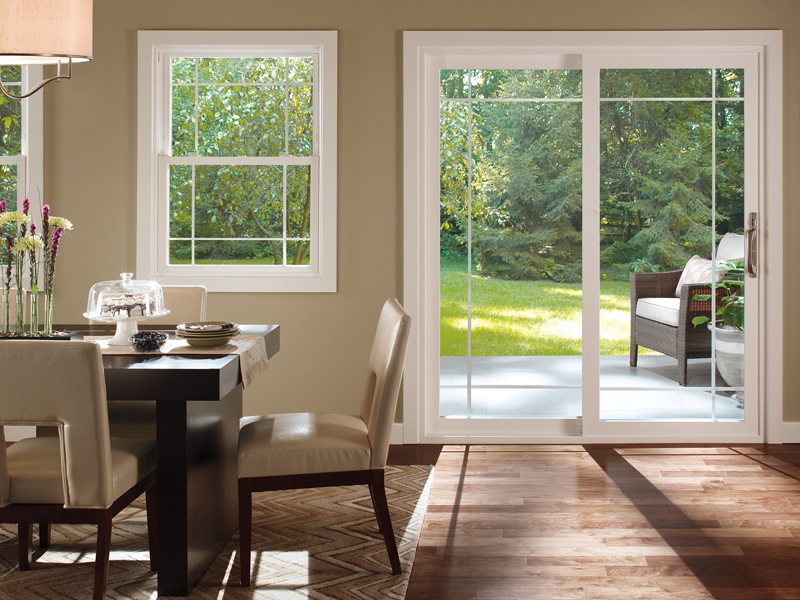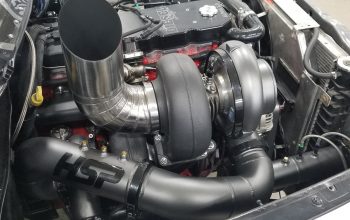
New window technology has advanced considerably, and a fresh set of windows will make your home much more energy reliable. Here are the main element features and styles you should consider when searching for new windows.
Windows have a great deal of misuse and must withstand strong winds, heavy rains, and freezing snow and glaciers. Over time the weather will need it’s toll on your glass windows. But a draft here or there shouldn’t necessitate a complete window replacement-start with enhancing the weatherstripping around your home window that ought to make a huge difference in energy damage.
If your windows are damaged beyond repair, however (particularly if there is water damage and mold to the sash or casing), you should consider upgrading your window. Ruined windows can result in bigger issues with normal water gaining usage of wall cavities and your foundation.
Check the fitness of your Windows Replacement In Los Angeles by tapping the structure with a flat-blade screwdriver to observe how soft the wood is. If the finish of the screwdriver can be pressed easily in to the wood, it’s usually an indicator of decay.
The first steps to purchasing new windows is to determine your needs, design, budget and window functions. Windows purchases are a large commitment, this means it’s an expensive blunder to order the incorrect type.
Choose Your Windowpane Materials
Illustration for article titled Choosing and purchase New Home windows for YOUR HOUSE
New windows can be purchased in wood, light weight aluminum, vinyl, and fiberglass. Wood frames are one common choice for remodels and can be purchased to complement existing home windows if you aren’t planning on swapping most of them. Wood screen sashes can be replaced to upgrade a drafty window, nonetheless they require a little more maintenance. Still, they give a basic look, so for a mature home to retain it’s original style, wood glass windows tend to be the only choice.
Clad-frame glass windows feature an metal or vinyl shell. They are being used most frequently in new engineering and are fastened with nailing flanges that fit within the siding materials. The grade of clad can range between roll-form metal, the thickness of the soda can, to extruded aluminium.
Vinyl clad glass windows can be purchased in a number of colors, and they don’t require the maximum amount of maintenance as lumber windows (and don’t need painting). They don’t really look quite as nice as timber glass windows, but they’re cheaper, and insulate almost as well. Fiberglass amalgamated windows are more robust than vinyl fabric, but are just a bit more expensive.
Select Your Glass
Illustration for article titled Choosing and purchase New Windows for Your Home
There are a great number of window glass options to choose from, however your specific application and location can help make your selection easier.
Single-pane goblet is outdated generally in most situations and suitable only in very moderate climates or in outbuildings. Double-pane glass windows have a covered air space between the layers of cup to lessen heat reduction. They can be purchased in several variations with improved insulating capacity, including “low-E” glass with an invisible coating of metallic on one surface and house windows including an inert gas like argon for added insulation.
If you reside in a cold climate, you might consider triple-pane windows, that are sealed with a variety of gases including argon or krypton. Much like the double-pane, this gas offers a level of insulation. A triple-pane windowpane can save 2-3% on your heating invoice in comparison to double-pane, nonetheless they will cost 10-15% more-something to consider if you don’t plan on remaining at home very long.
Double and triple pane glass windows also provide a good degree of sound insulation and are essential in urban areas or homes facing active streets. Better covered home windows are also less inclined to have condensation issues as the interior window goblet will be nearer to room heat which avoids foggy glass windows which occur when heated air meets a cold window surface.
Watch for ENERGY CONSERVING Windows
Since you shop, go through the R-values of your windows-they’ll indicate the efficiency of creating materials in insulation and windows. Higher R-values suggest better insulating properties. A specific single-pane window has an R-value of just one 1, while quality double-pane house windows can produce an R-value up to 4.0 when coupled with low-e glass and gas filling. Triple-pane windows are in the 5-7 R-value range.
Conversely, U-factor is the speed at which a window, door or skylight conducts non-solar heat flow. The low the U-factor, a lot more energy-efficient the screen, door, or skylight.


